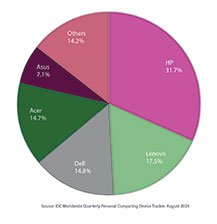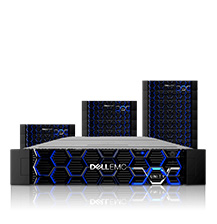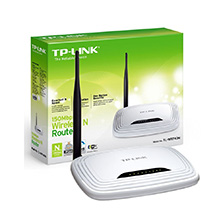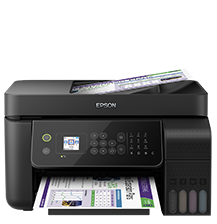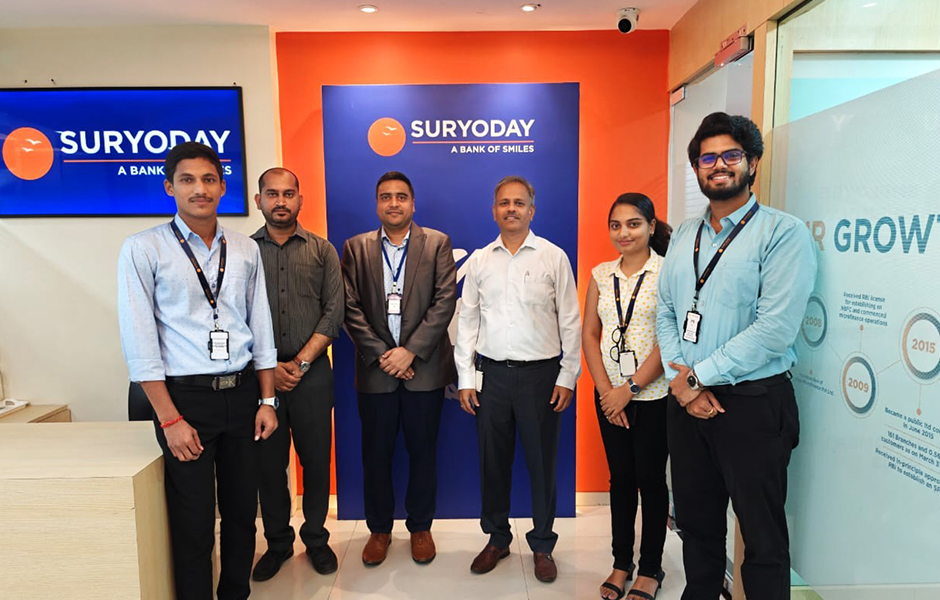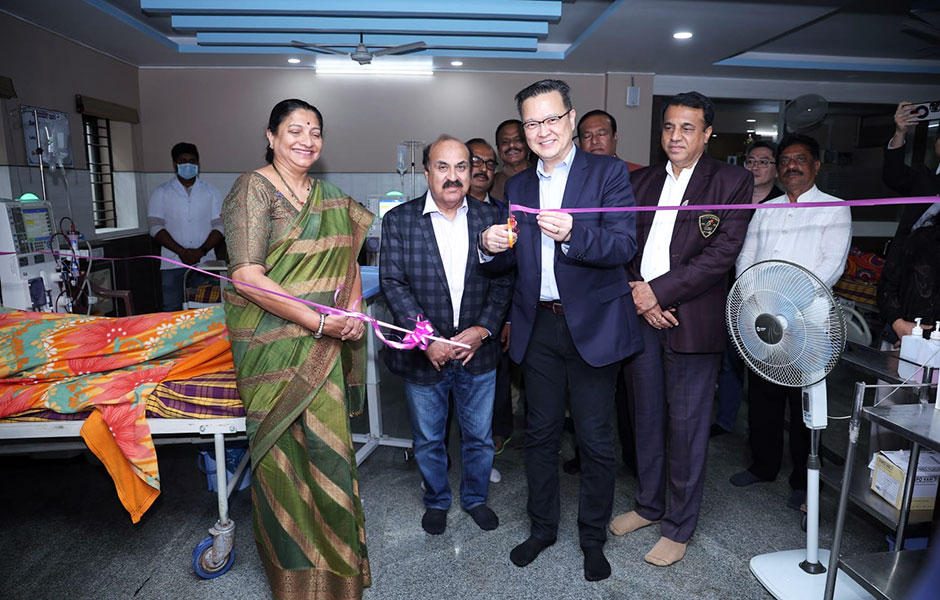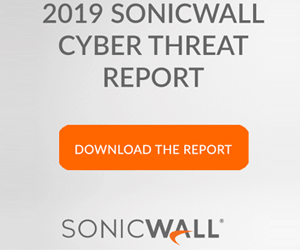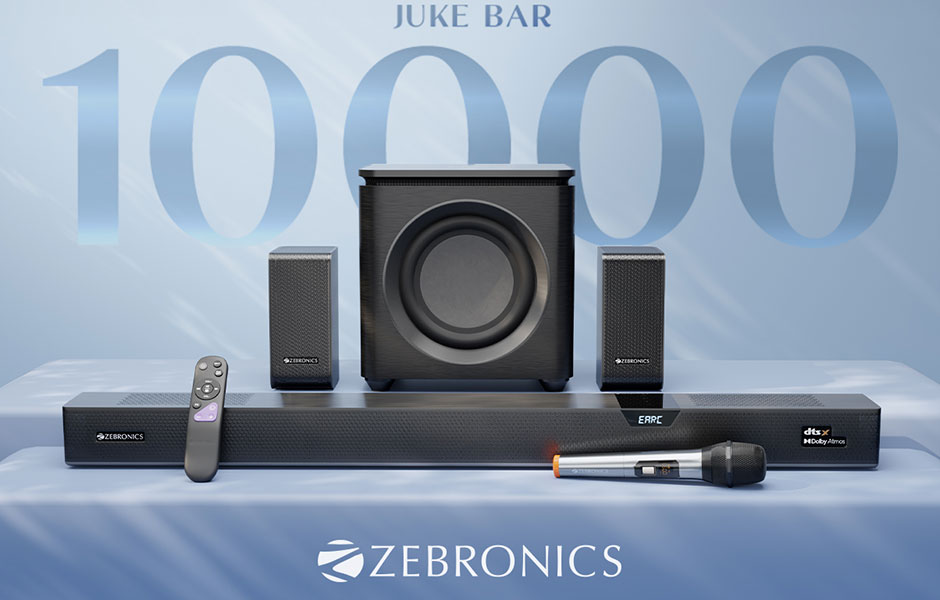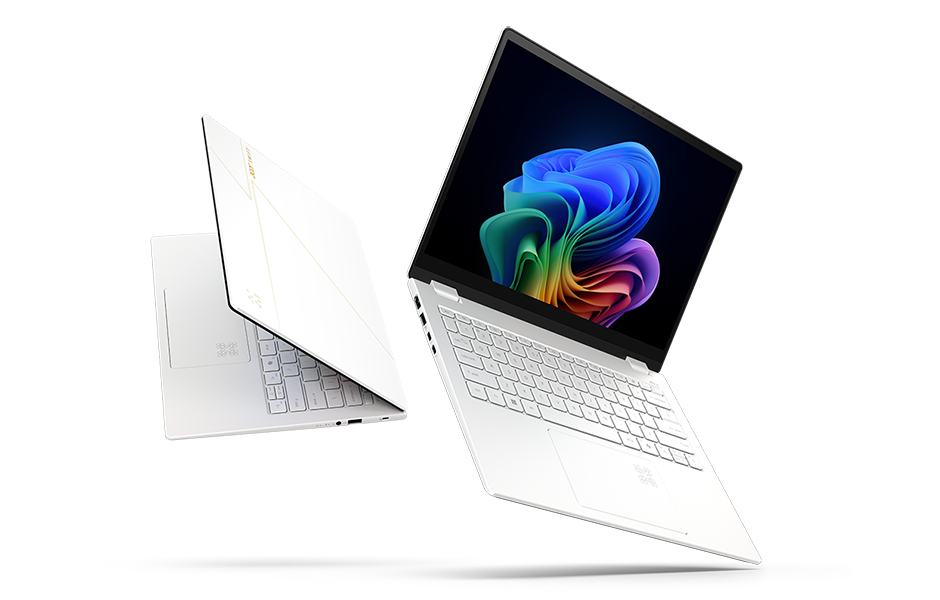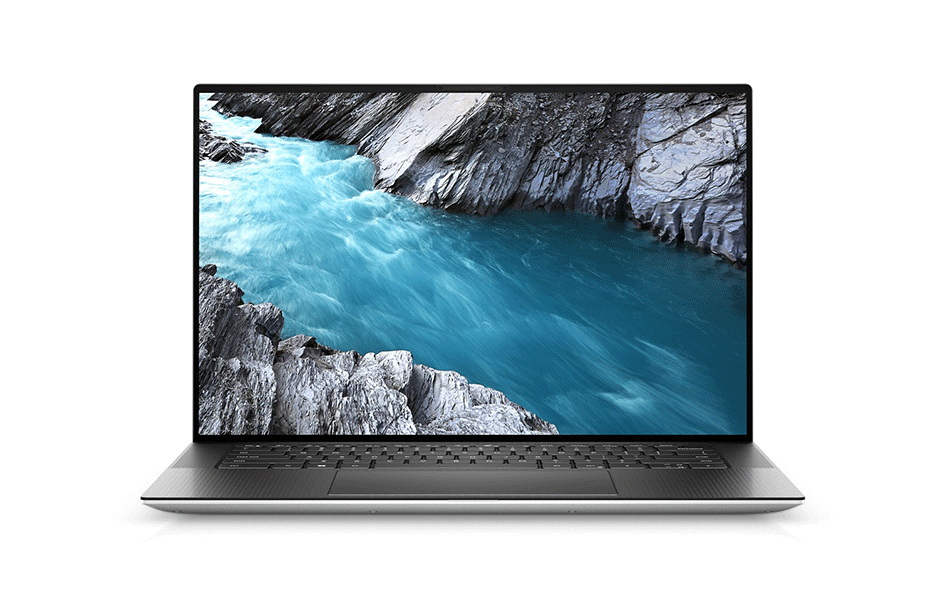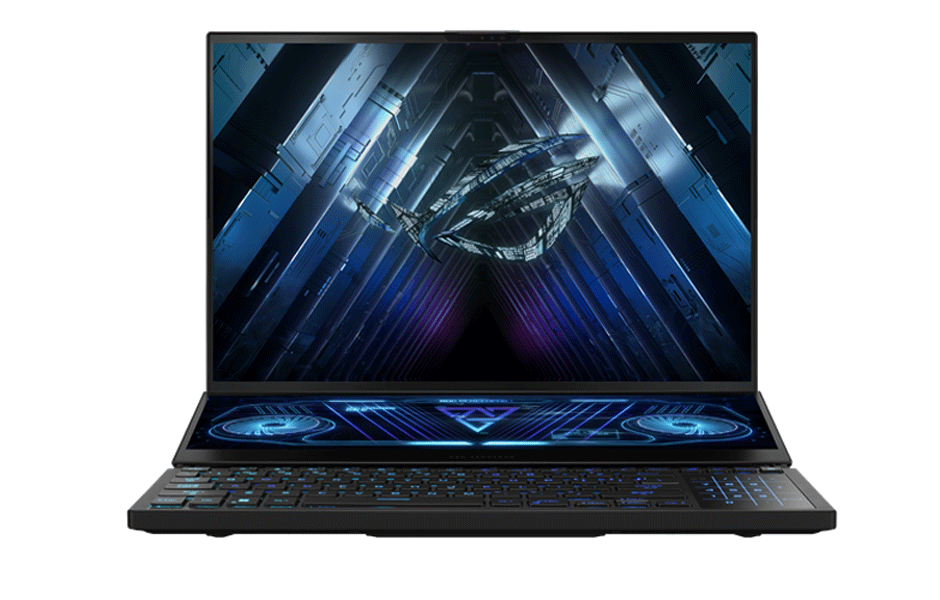More of organizations long for touchless physical access control systems & solutions: HID Global Report
Digital Edge Bureau 27 Jul, 2022 0 comment(s)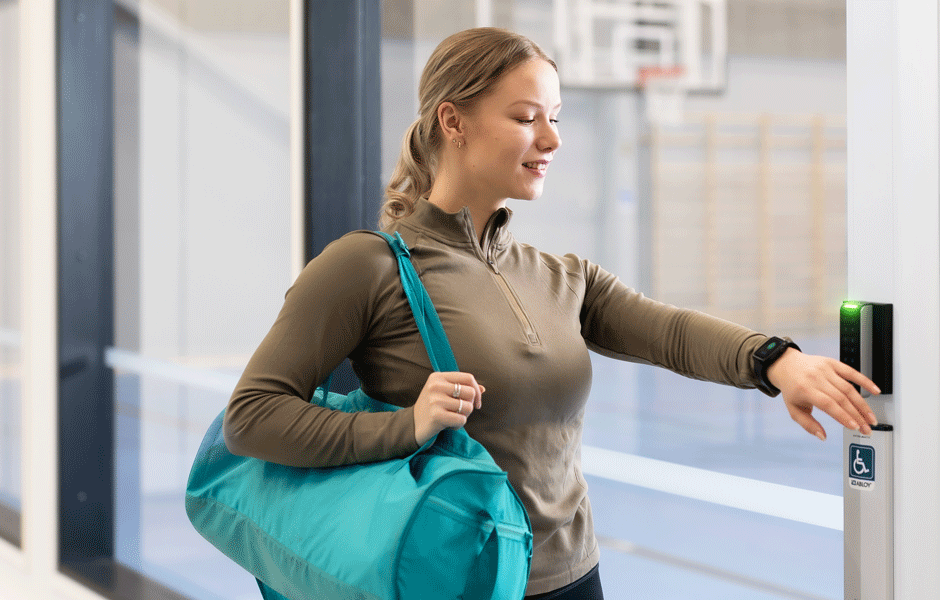
The HID Global report says that the growing number of enterprises & organizations tend to go for mobile and touchless physical access control systems & solutions
Quite recently, HID Global, a leading and globally well-known trusted identity & physical access solution provider, has announced the 2022 State of Access Control Report, which amply high-lights the growing demand on the part of today’s enterprises & organizations for mobile and touchless physical access control solutions. The protracted prevalence of COVID-19 pandemic has largely precipitated the growing urge of organizations for going to touchless identity & access solutions.
Produced by IFSEC Global in partnership with HID Global, the report surveyed over 1,000 respondents from across North America (56 percent), EMEA (29 percent) and Asia Pacific (15 percent) to detail trends in the procurement, installation, specification and operation of physical access control solutions. The report describes the current state of the market, the technology being used, and trends that security and IT professionals are witnessing and foreseeing in the years to come
The report indicates that over 42 percent of respondents planning to upgrade to mobile-ready systems. While security system administrators benefit from increased operational efficiency, employees and visitors may find mobile access more convenient and secure since they are more likely to have their mobile devices at hand than their access cards. The pandemic also played a role in the demand for touchless physical access control. About 32 percent of respondents cited they would upgrade systems to introduce touchless solutions in response to the pandemic, with contactless biometrics also being considered among them. Ease of use is the most crucial reason to upgrade to a new access control system, according to 60 percent of the respondents. This means that in addition to securing premises, a new system must provide a smooth and straightforward process for both users (employees, residents or visitors) and administrators (security, facilities and IT teams).
Prabhuraj Patil, Commercial Director, Physical Access Control Solutions, South-Asia, HID Global, said, “Globally, physical access control solutions have undergone tremendous change in the last few years, with the pandemic adding several layers of complexity. At HID Global, we have always believed in actively mapping and anticipating market changes and needs. Our aim of producing this report with IFSEC is to shed light on dynamic trends, challenges, regional disparities, tech demands, and opportunities that we foresee within the Physical Access Control industry. We are glad to have this opportunity to share these timely insights with a larger community for the fourth year running. With a stronger and deeper understanding of the market, we can better equip ourselves to meet rapidly changing market expectations.”
Future-proof support is also a growing concern as users are pushing for long-term convenience while achieving cost savings. In fact, almost half of the respondents (49 percent) selected the ability to support new tech in the future as one of the top three features in a new access control solution, and 33% included integration with existing security platforms as being important. As a result, consultants and integrators are moving away from proprietary models and embracing open standards-based technology, where software upgrades can be securely managed through the cloud. One in five respondents added that interoperability and open standards will be one of the top trends set to shape the industry in the near future.
Organizations across all regions are making a clear effort to understand how new purchases and upgrades in access control technology can have an impact on sustainable practices, with about 28 percent of respondents having consulted their sustainability departments about their buying decisions. Access control readers that have Environmental Product Declarations and intelligent power management, for example, support green building ratings such as LEED. Also, deploying mobile access and virtual credentials removes the need for plastic cards and so spares the carbon footprint associated with their lifecycle. When integrated with a building management platform, it is possible to maintain for continuous adjustment of building resources based on occupancy.

















